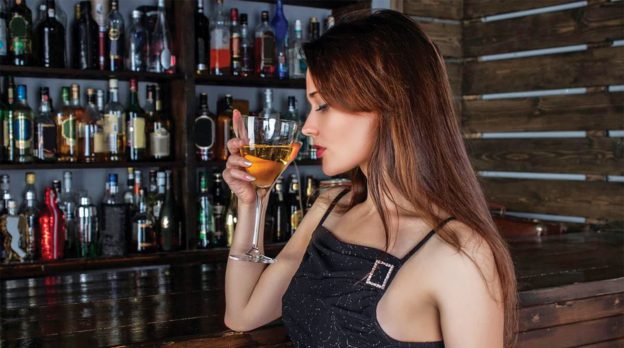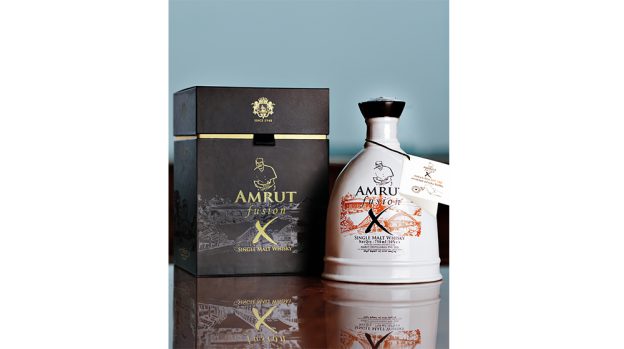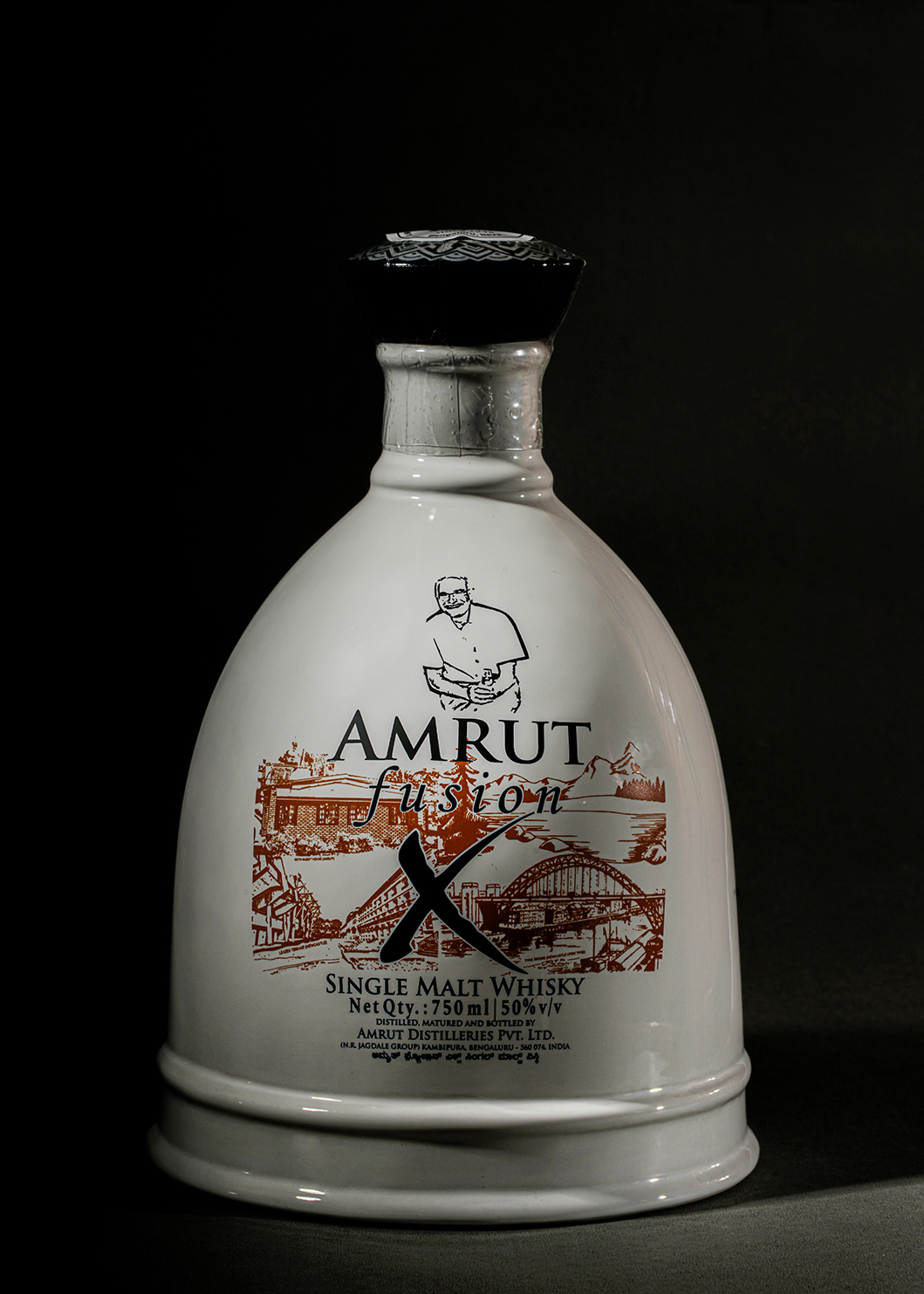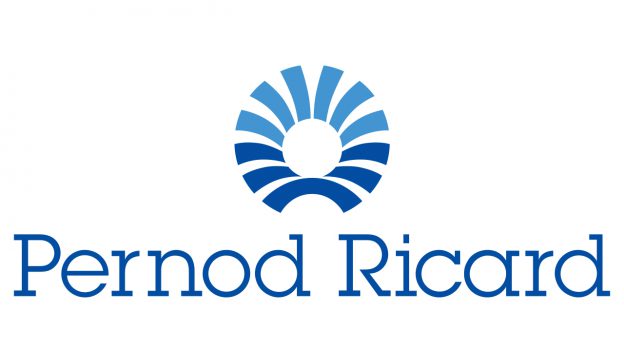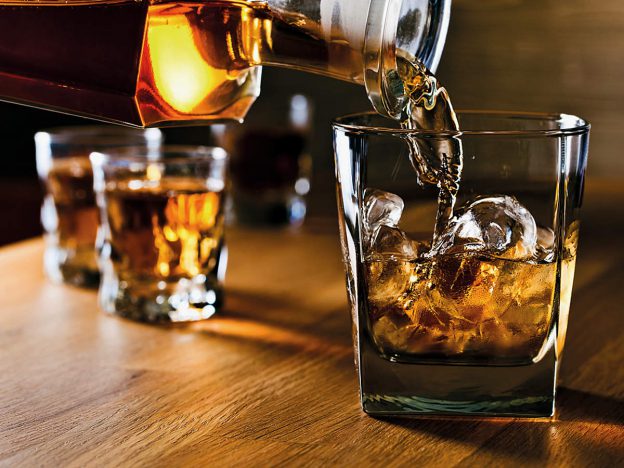“More women are drinking and women are drinking more,” a new survey made eye-opening claims — and not for the reasons you’d think.
Men had succumbed to alcohol long back, but women had held back. Not long ago women didn’t dare to damage their image by showing the world that she in fact drinks and enjoys it too. Now women pour and fill their glasses with more than just lemon water and juice. Wine, beer, whiskey, vodka or a cocktail; women have come to love their drinks and how!
Alcohol consumption among women is rapidly increasing, not only because she wants to relax and have fun but there’s a bigger picture here.
Nearly half of adult women report drinking alcohol in the past 30 days. Approximately 13% of adult women report binge drinking and on average do so four times a month, consuming five drinks per binge. About 18% of women of child-bearing age (i.e., ages 18–44 years) binge drink.
Questions like ‘Are women more prone to absorb bigger drinks?’ ‘Do women have higher alcohol levels in their blood than men?’ are being asked and studied. Though women have had historically lower drinking rates than men, the negative effects of alcohol abuse are typically worse and more pronounced for women. The problem is exacerbated by the special dangers that alcohol poses for women. In general, alcohol affects women more strongly than men. This is both because women’s unique body chemistry interacts with alcohol differently from men and because women are on average significantly smaller than men, meaning the same amount of alcohol will have a greater impact.
Why women drink
The survey by the Community Against Drunken Driving (CADD) studied the alcohol consumption pattern in Delhi and has revealed some major reasons behind alcohol consumption among women. Rising affluence, aspirations, societal pressure and exposure to a different lifestyle is driving women to experiment with alcohol, stated the survey. The results were found among 5,000 women aged between 18 to 70 in Delhi.
Among the reasons why women drink, the survey says “mostly all social activities are centred around alcohol, and alcohol is seen as a quick and easy social lubricant, and when everyone is doing the same thing, it does not seem like a problem. It is just the norm.”
Alcohol consumption in India increased by nearly 40% and women’s alcohol market is expected to grow by 25% over the next five years.
In Delhi itself, 40% of men and 20% of women (almost 15 lakh women) are alcohol consumers; the survey quotes a report by AIIMS as saying.
The survey reveals that 43.7% women in the age group of 18-30 years consumed alcohol out of habit or desire to do so, 41.7% women in the age group of 31-45 years consumed alcohol as an occupational requirement or because of social norm.
Over 53% women above 60 years and 39.1% women in 46-60 years had alcohol for emotional reasons.
“Driven by the market forces where cocktail and berry drinks are being promoted as feel good and relaxing drinks for women, women are enticed into drinking more with a promise of good time that awaits them,” it says.
The CADD survey lists out more reasons why women drink, it says, “At times just to fit in or as a way to unwind, more spending capacity/affluence, another way of equal opportunity or pursuit at work place/profession, alcohol as a coping mechanism to stress, depression, loneliness anxiety, pain, mental and physical traumas and to cope with the needs and pressures of fast paced life.”
India has witnessed a steady rise in its consumption of alcohol in the last decade. A 2019 study by researchers from TU Dresden in Germany, concluded that between 2010 and 2017, alcohol consumption in India increased by 38% – from 4.3 to 5.9 litres per adult per year. The decade also witnessed a boom in home grown whisky and gin labels, and saw both men and women significantly altering their tipple choices and consumption patterns.
According to this survey, women in Assam consume much more alcohol than their counterparts in other states and union territories in the country. The ministry’s 2019-20 data showed that 26.3% of women in Assam who are in the 15-49 years’ age category consume alcohol, which is the highest among all states and union territories (UTs).
Notably, in 2019, another survey, conducted by Community Against Drunken Driving (CADD), took stock of the men and women in Delhi and their drinking habits, and concluded that “More women are drinking – and women are drinking more.”
Women are also not just taking up important roles in breweries, but also leading alcohol brands in various capacities. In fact, Dewar’s master blender Stephanie Macleod, who created the world’s best whisky, as per the 2020 edition of International Whisky Competition, was recently awarded the “Master Blender of the Year” award.
New research has found that despite the potential health risks of exceeding national drinking guidelines, many middle-aged and young-old women who consume alcohol at high risk levels tend to perceive their drinking as normal and acceptable, so long as they appear respectable and in control.

